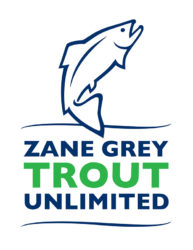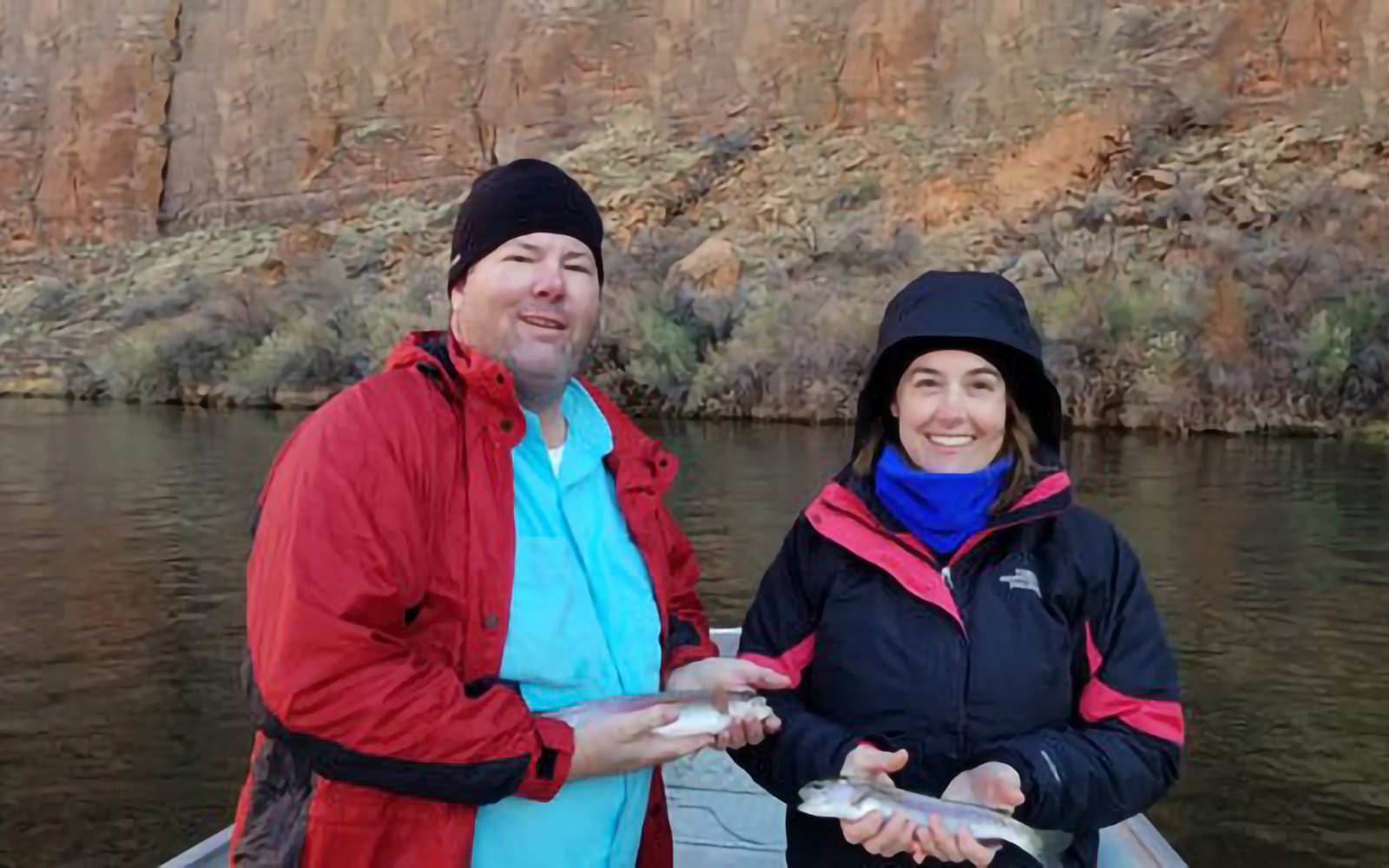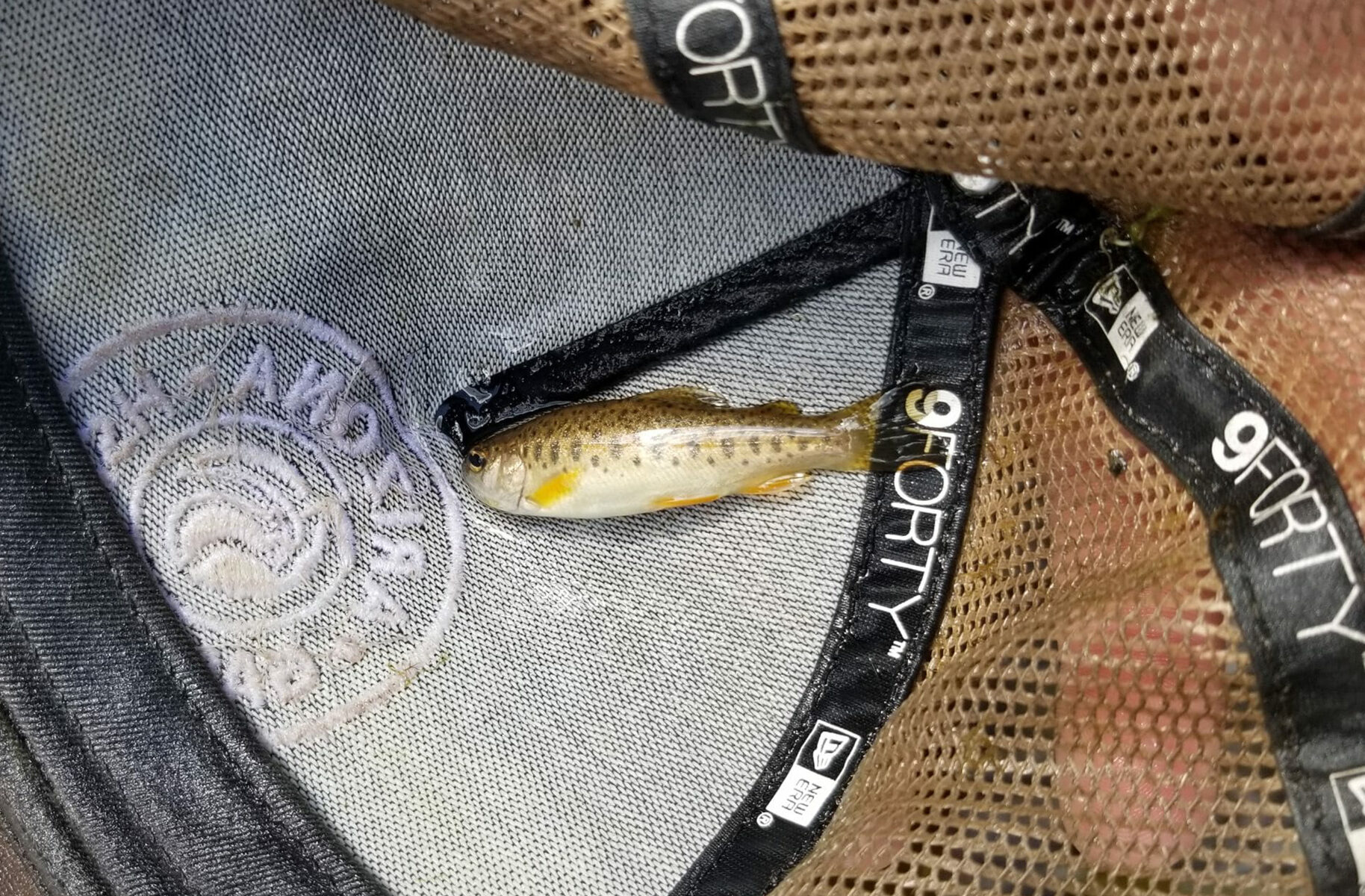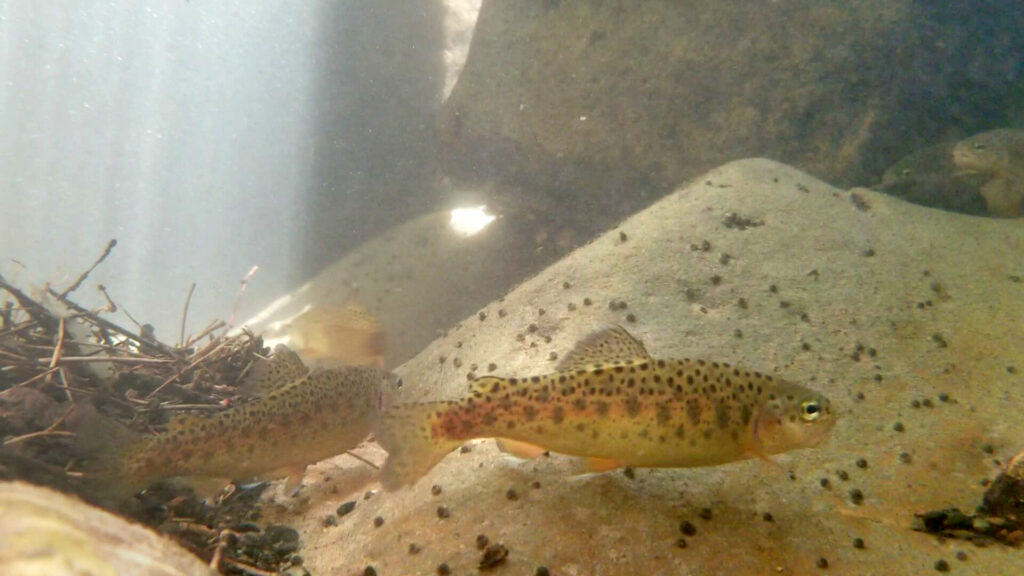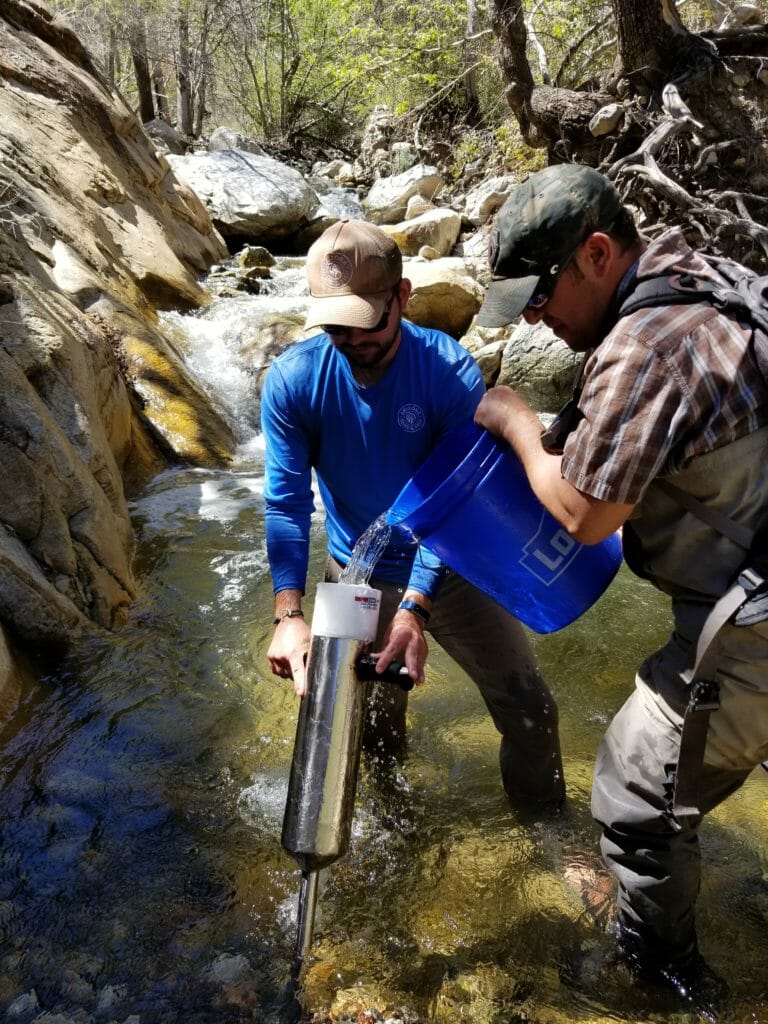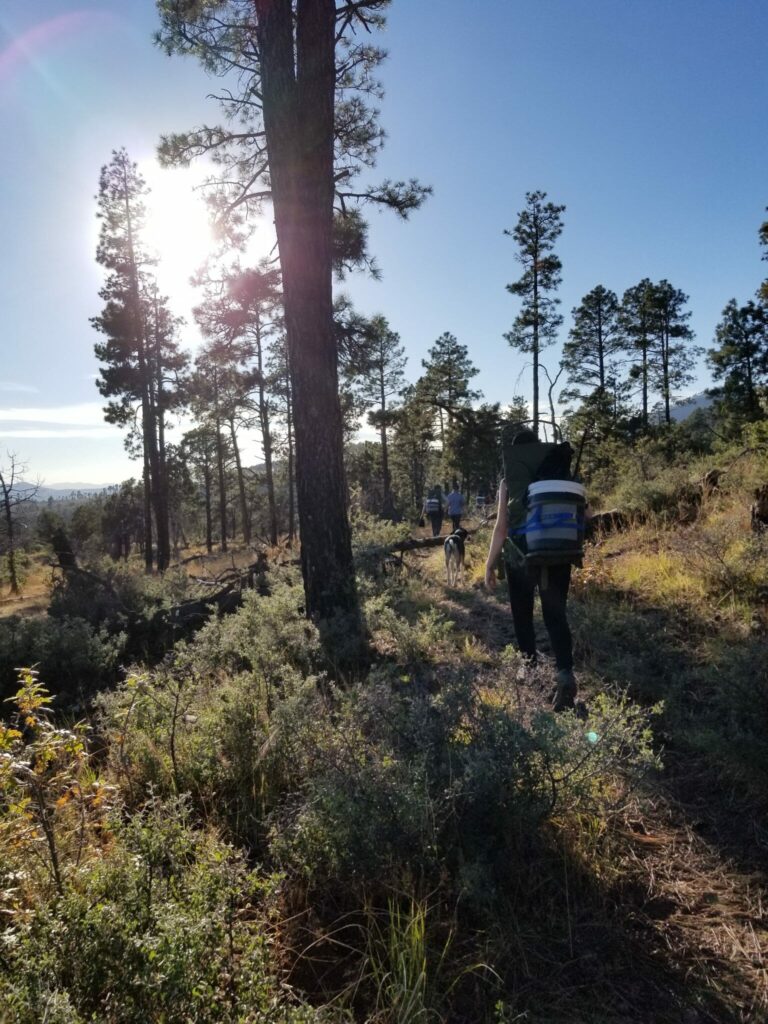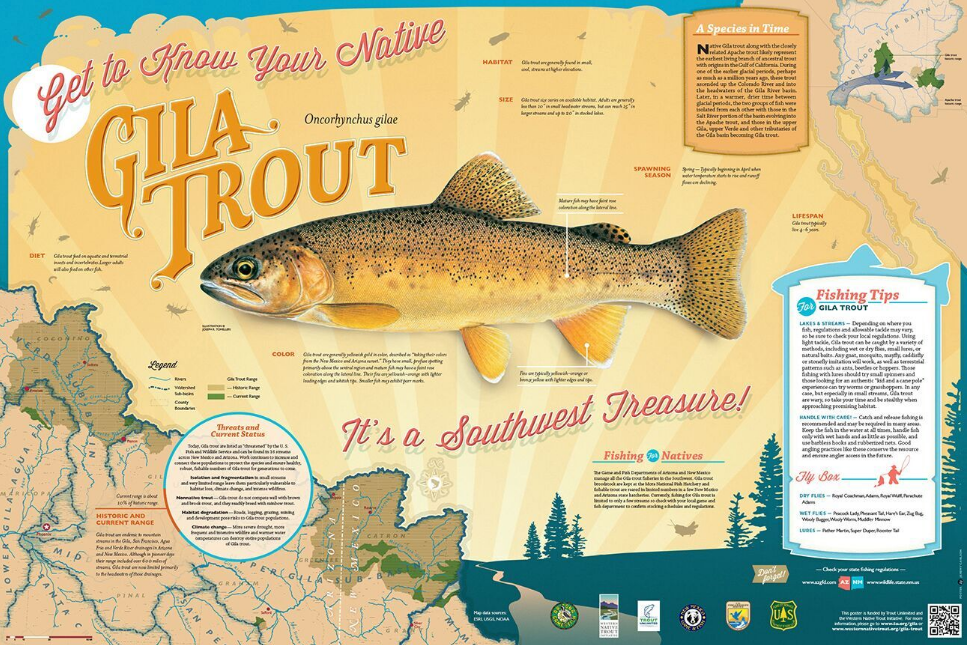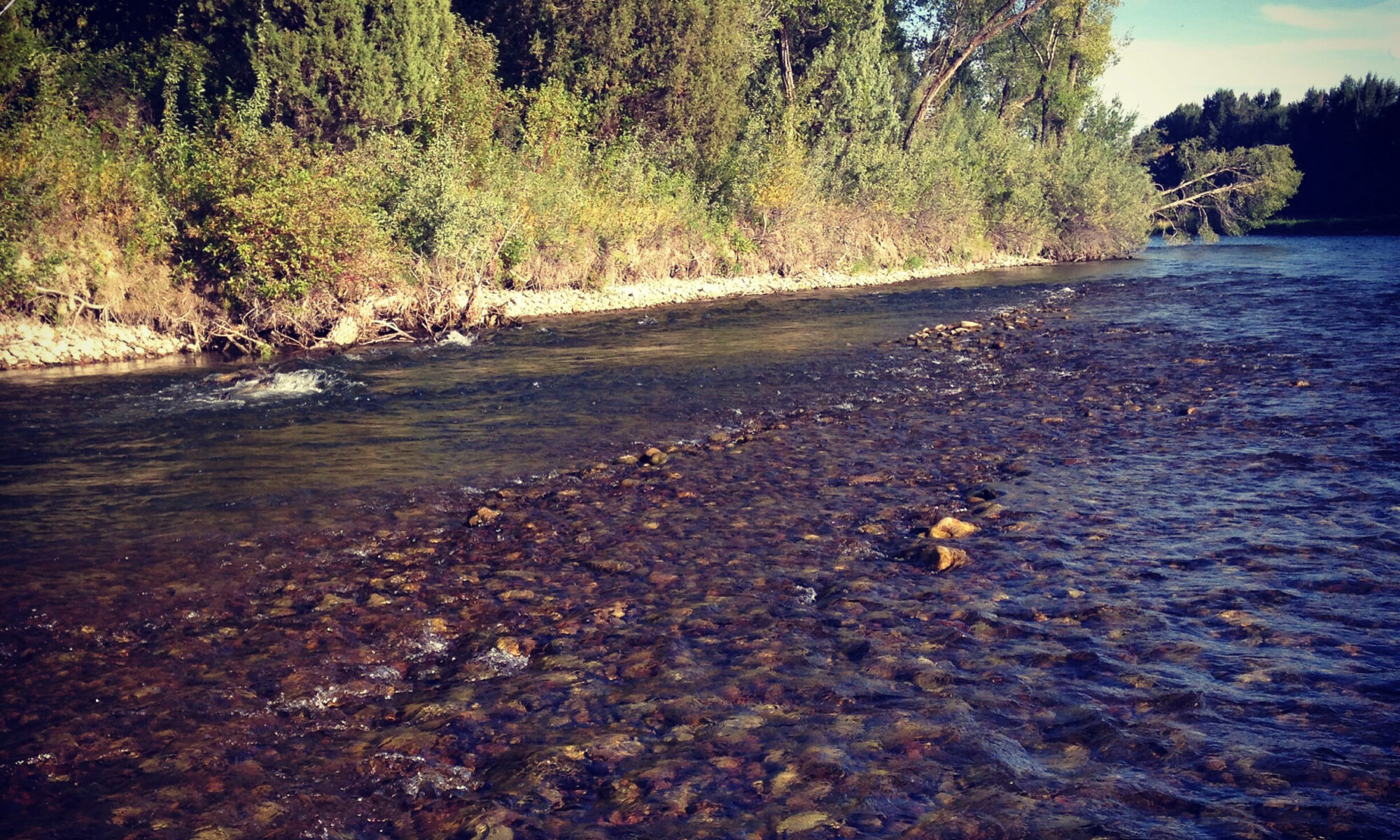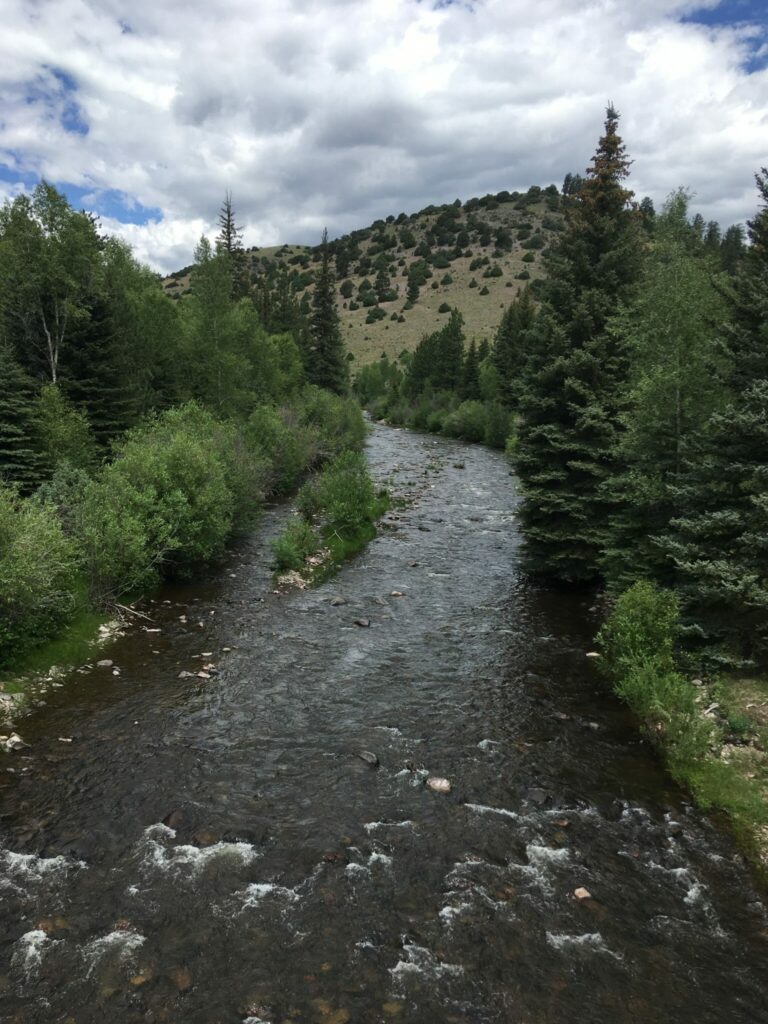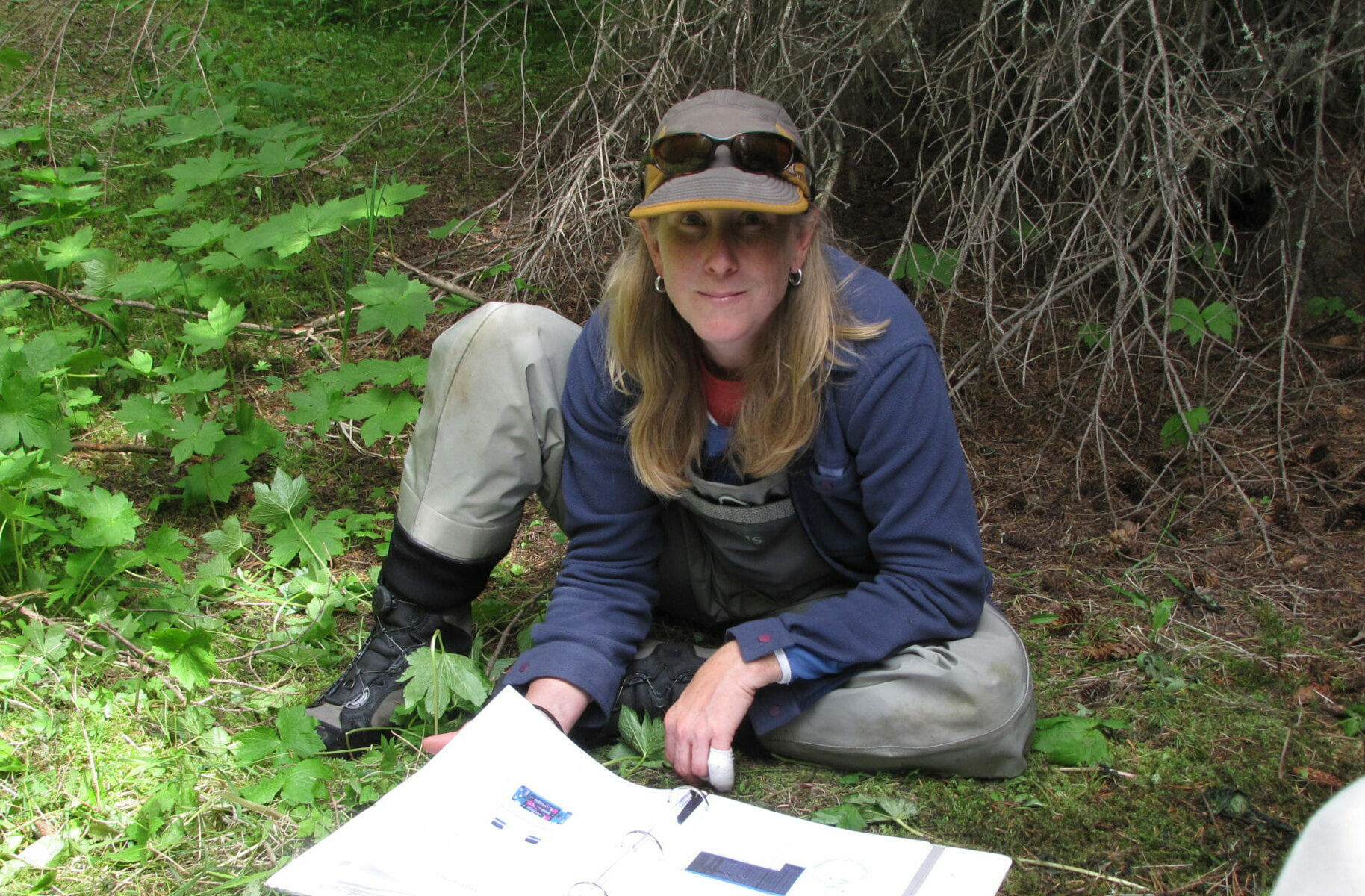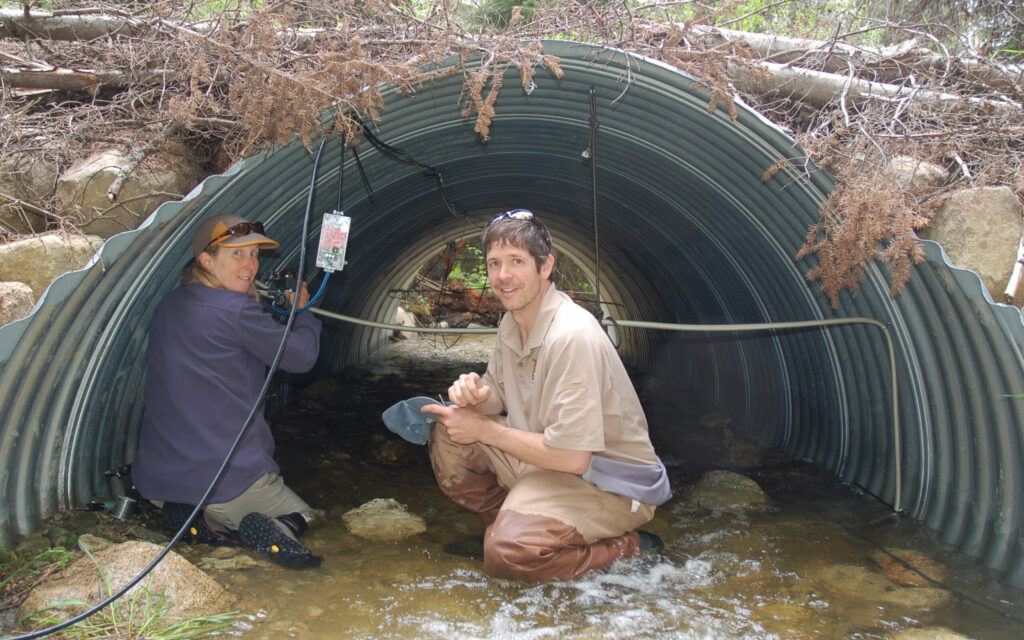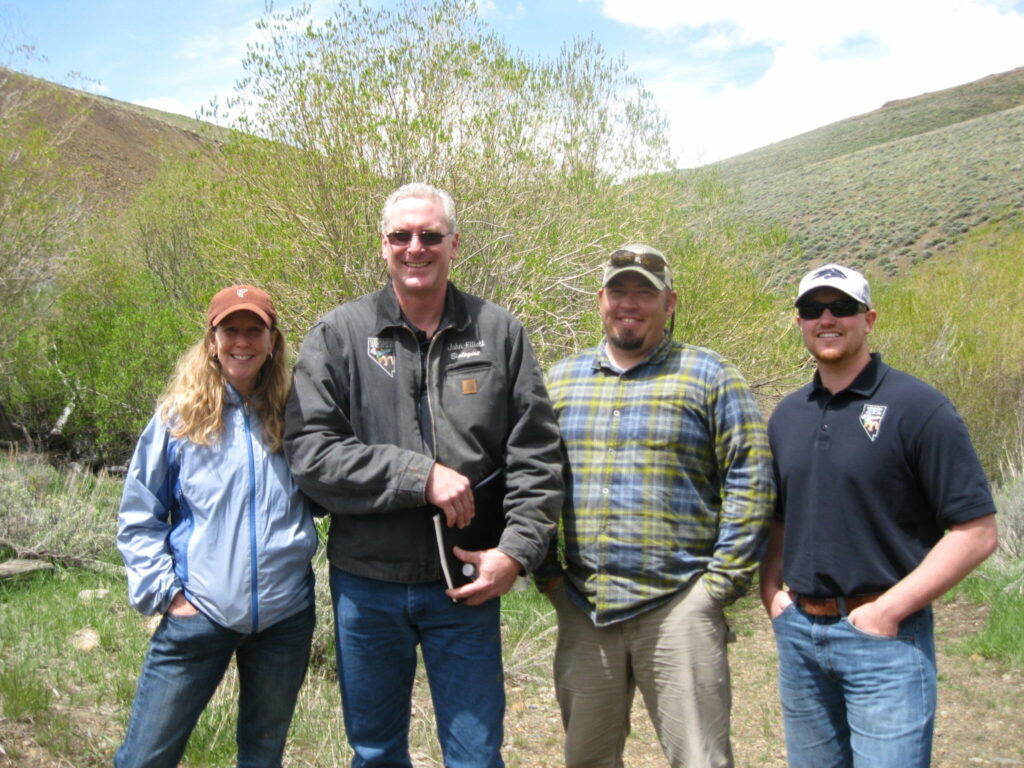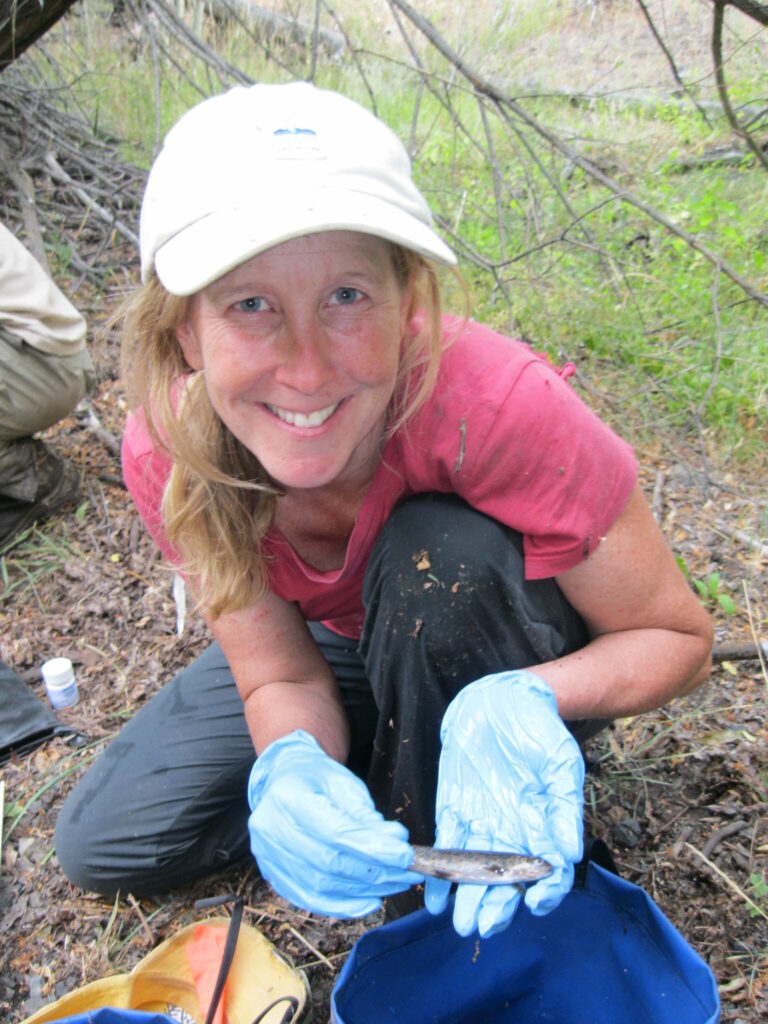Lori Patterson stood at the edge of Akre Lake in a tucked-away corner of pine forest in eastern Arizona and watched the fish dance.
As the sun set, fish jumped out of the water, casting a painterly blur on the blooming aspen trees’ reflection in the lake, high in the Apache-Sitgreaves National Forests.
Patterson felt a tug on her fishing line and a burst of excitement. With her husband’s coaching, she reeled in a wriggling Arctic grayling and, with it, what felt like a life-changing love for fishing.
Patterson, a traveling ICU nurse from Tennessee, is on assignment in Arizona to assist with the COVID-19 crisis. In the time she’s been here, fishing has become a welcome respite from the stress of her work as a nurse at the front lines of a pandemic.
“It was this really amazing feeling like you’re a part of nature,” Patterson said in a phone interview. “It’s like catching a wild beast, having a moment with it, then knowing it’s going to return to its home and not be harmed.”
Patterson had caught plenty of rainbow trout over the years in her home state of Tennessee, but it wasn’t until the pandemic that the joy of angling became an essential outlet rather than an occasional outing with her husband.
The only refuge in a closed world
Patterson has worked in ICUs across the country for more than 30 years, spending the last two winters in Arizona with Banner Desert Medical Center. She’s no stranger to high-stress situations and has long known the necessity of healthy ways to lower stress.
Usually, on her days off, she’ll get a massage or have her nails done, maybe do some shopping and go out to dinner with her husband, Jeff. But with businesses closed, that was no longer an option.
“The pandemic has changed everybody’s lives, not just nurses,” Patterson said. “I’m still going to work every day. I still have to take care of patients every day. And I’ve taken care of infectious patients for 31 years. But it’s not something that you typically have to deal with to this volume and this frequency.”
“My wife is the person that runs towards the fire not away from it,” Jeff added.
The outdoors have long provided welcome respite for the two, a way to find some peace and quiet in a fast-paced world. Now it has become their only respite.
“It’s good for your mental health, for your physical health,” Patterson said. “I’ve always felt like fresh air was better than air-conditioned air inside.”
'A huge stress relief for me'
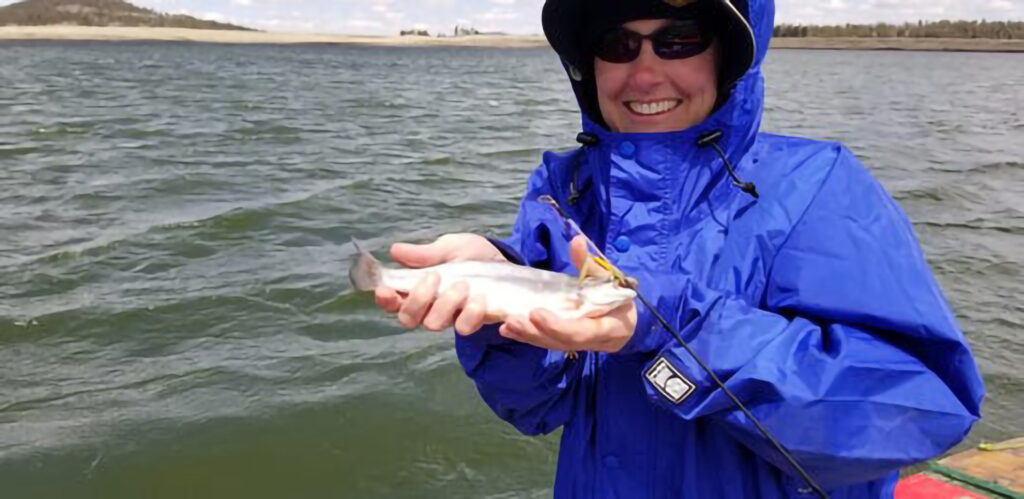
ICU nurse Lori Patterson holds a cutthroat trout she caught at Big Lake in the White Mountains. (Photo: Lori Patterson)
With the pandemic in full swing, they made it their mission for Patterson to complete the Arizona Game and Fish Department’s Trout Fishing Challenge. Anglers must catch and release all four species of the state’s wild trout, or at least six of the eight total species in Arizona: Gila, Apache, brown, brook, rainbow, grayling, cutthroat, and tiger trout.
In the past month, she and Jeff have traveled all over “the great state of Arizona,” as they often refer to their new home-away-from-home. She caught a golden Gila trout on the East Verde River, a cutthroat at Big Lake in the White Mountains, a speckled Apache trout and silver grayling at Aker lake, and a brook trout at Perkins Tank in the Kaibab National Forest.
In just 26 days, she finished the challenge, quite a feat for a beginner angler. She was often surprised at the beauty of the fish when she saw them up close. A vegetarian and animal lover, she found the challenge and its requirement to release the trout a perfect way to intimately experience nature without causing harm.
Next month, the Pattersons will relocate to New York, where Lori will care for COVID-infected patients. But Arizona will stay with her, she said.
“There’s just such amazing diversity in this state, not just the fish, but Coues deer and Gould’s turkeys and elk and mountain lions,” Patterson said. “It has been a huge stress relief for me to be able to unplug and get out in nature and enjoy the great outdoors.”
“Did Arizona need Lori more or did Lori need Arizona more?” Jeff asked. “I think it’s probably the latter in this case. It was the place where Lori could do what she could do to help, and the great state of Arizona gave her a way to get the job done.
Click HERE for the full article by Erin Stone on azcentral.com
Erin Stone covers the environment for The Arizona Republic and azcentral.com.
